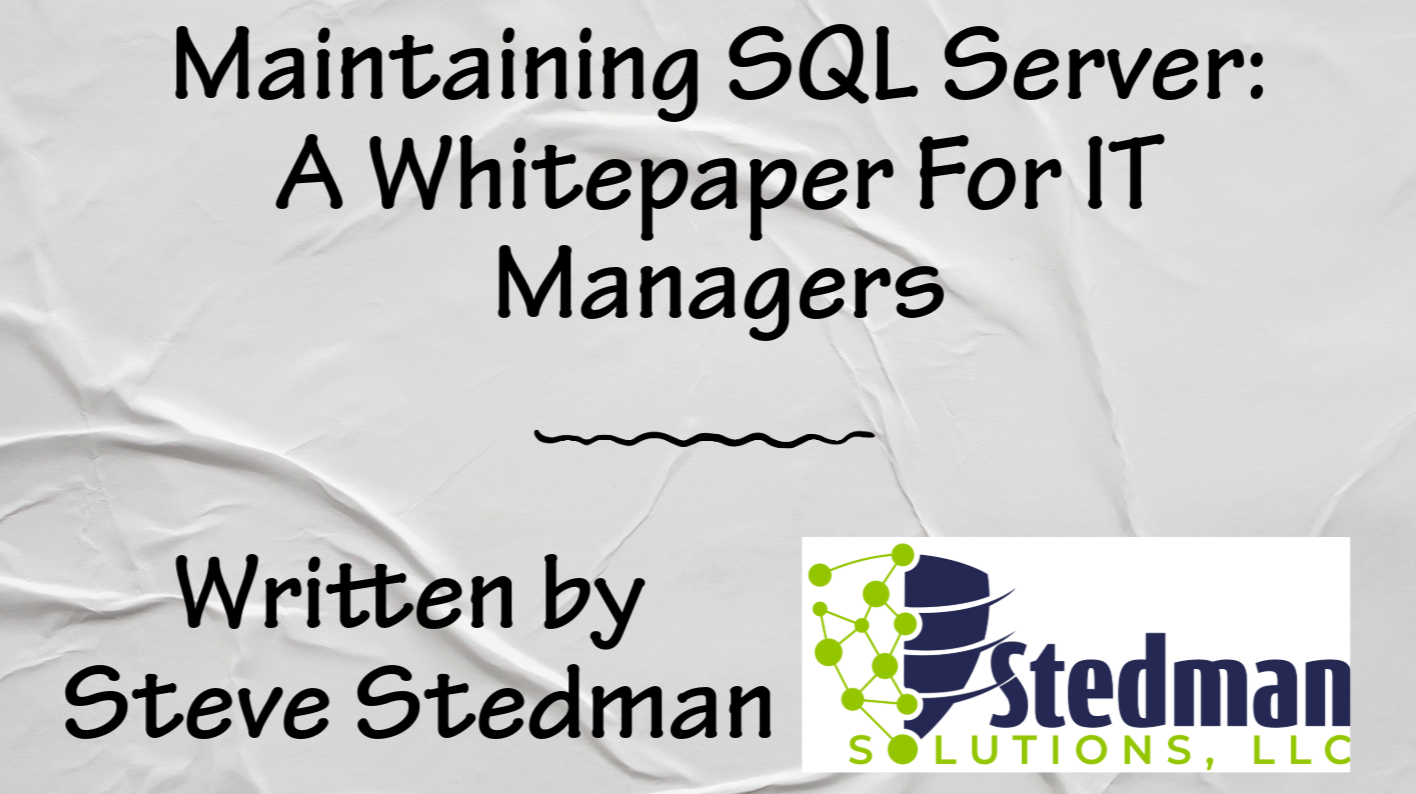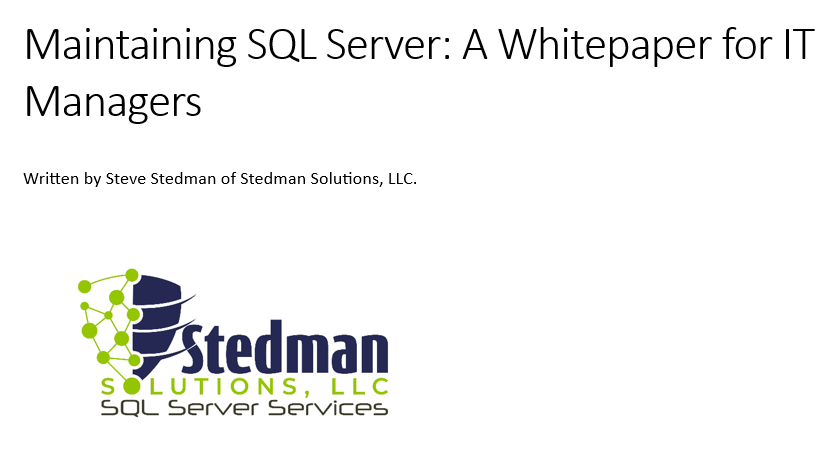
Stay Ahead: The Imperative of Keeping SQL Server Updated
In the rapidly evolving world of technology, maintaining the currency of your software is not merely a matter of accessing the newest bells and whistles—it’s a foundational element of safeguarding your organization’s data integrity, security, and operational efficiency. This principle is nowhere more critical than in the realm of SQL Server management, a pivotal aspect of the data management strategy for countless enterprises.
Through years of hands-on experience and numerous client engagements, I’ve witnessed firsthand the profound impact that diligent versioning and patching of SQL Server can have on an organization’s technological health and overall business performance. Conversely, the negligence in staying abreast of updates can lead to dire consequences. Let me share why ensuring your SQL Server is up-to-date is not merely beneficial—it’s imperative.
The Lifecycle of SQL Server Versions
Every version of SQL Server embarks on a journey from its release to its eventual sunset, known as its end of life (EOL). During its lifecycle, a SQL Server version is accorded mainstream support, encompassing the addition of new features, performance enhancements, and significant changes. This period is followed by extended support, which narrows the focus to crucial bug fixes and security patches, until the version arrives at its EOL. Post-EOL, the version ceases to receive any form of updates, rendering databases still operational on it susceptible to unmitigated security threats and diminishing operational efficiency.
The Perils of Overlooked SQL Server Updates
Operating on outdated SQL Server versions exposes your organization to a plethora of risks. These range from critical security vulnerabilities, which can be exploited by malicious entities, to operational inefficiencies that can stifle your business processes and degrade performance. Furthermore, compliance issues may arise, subjecting your organization to potential legal and financial repercussions.
To mitigate these risks and ensure your SQL Server infrastructure remains robust, secure, and compliant, it’s essential to adopt a proactive approach to managing your SQL Server’s lifecycle. This includes regular monitoring for new releases, understanding the support lifecycle of your current versions, and planning timely upgrades.
Unlock Your SQL Server’s Potential
To aid IT managers in navigating these complexities, we’re offering our free whitepaper, “Maintaining SQL Server: A Whitepaper For IT Managers.” This resource is designed to provide you with a comprehensive understanding of the importance of SQL Server versioning and patching, along with actionable strategies for maintaining an updated and secure SQL Server environment.
Don’t let your SQL Server become a liability. By staying informed and proactive, you can transform it into one of your organization’s greatest assets. Download our whitepaper today and take the first step towards securing and optimizing your SQL Server infrastructure.
Download this free whitepaper today at https://stedman.us/maintaining and take the first step towards safeguarding your SQL Server data. Protect your business from becoming a cautionary tale by ensuring you’re equipped to face the unimaginable with assurance.

